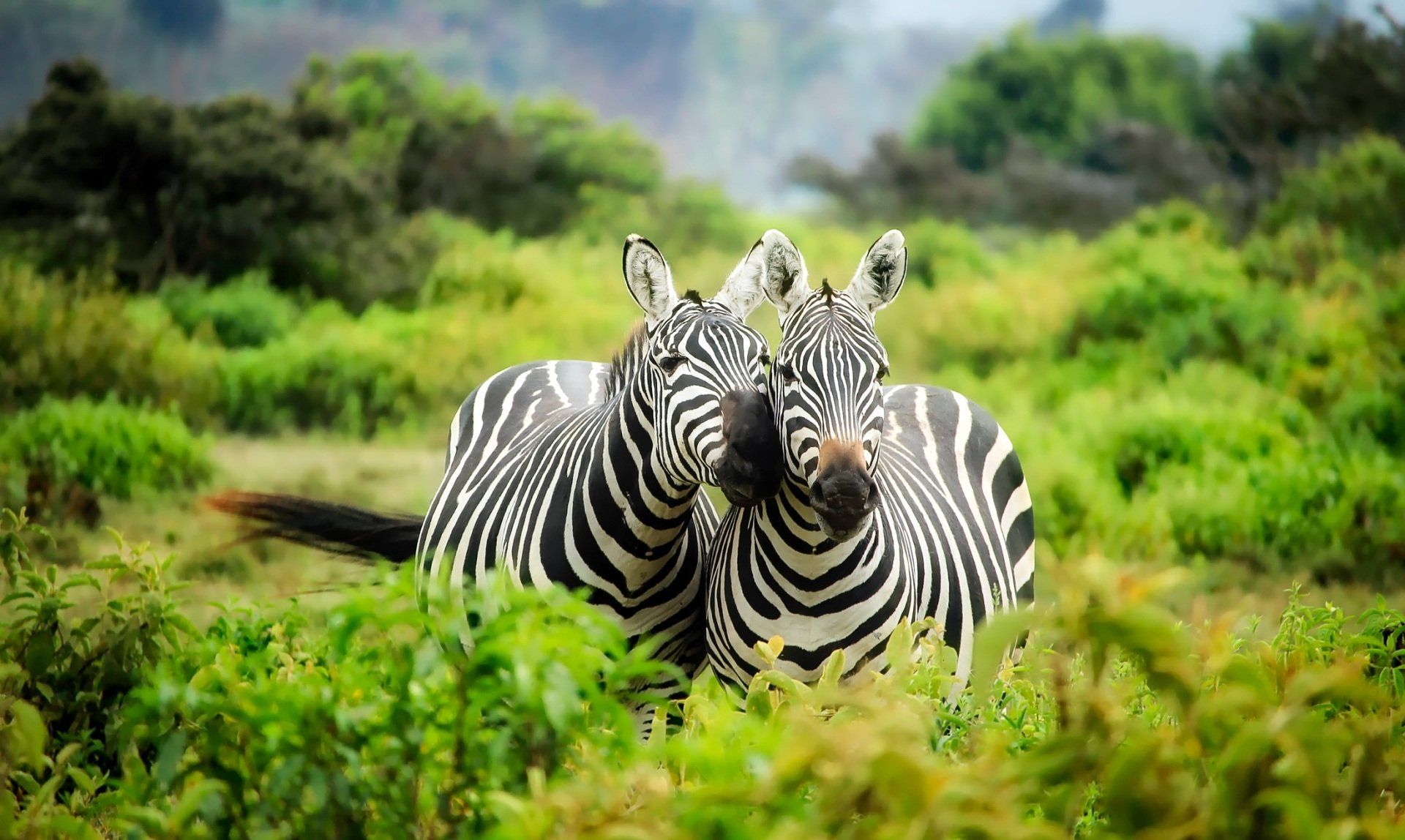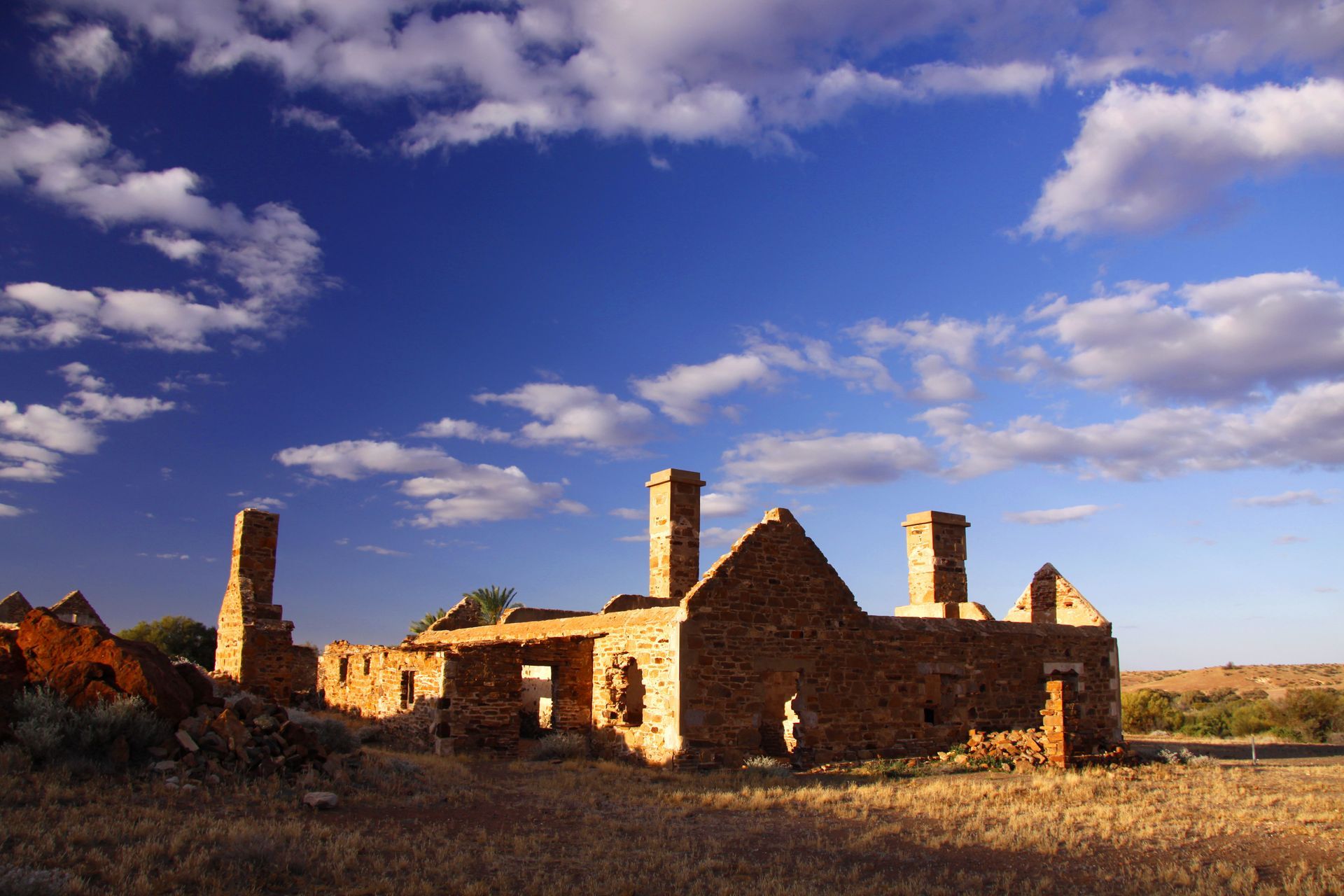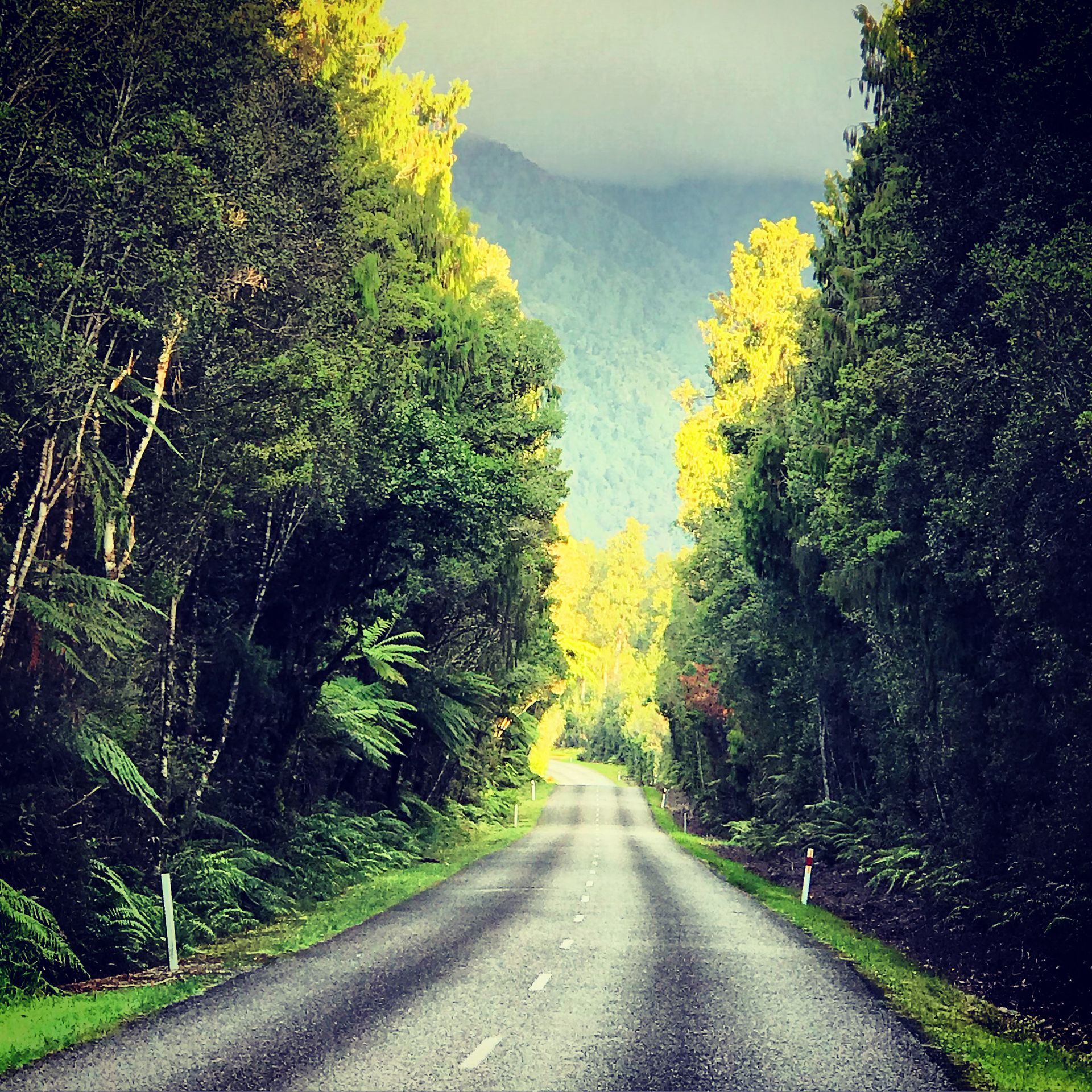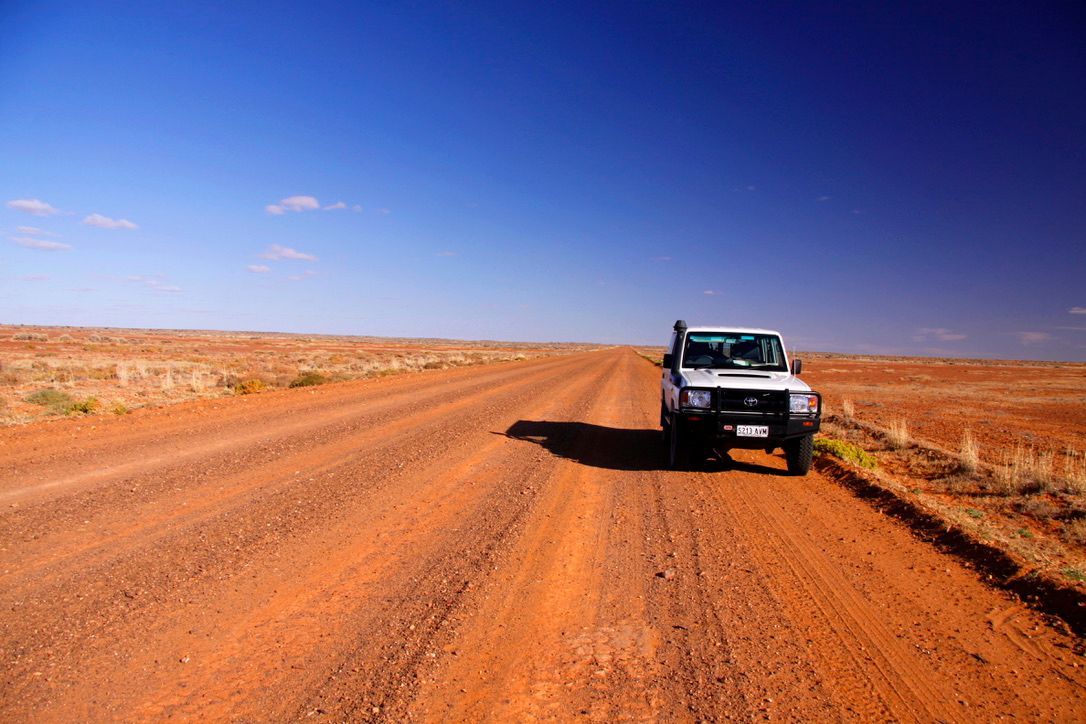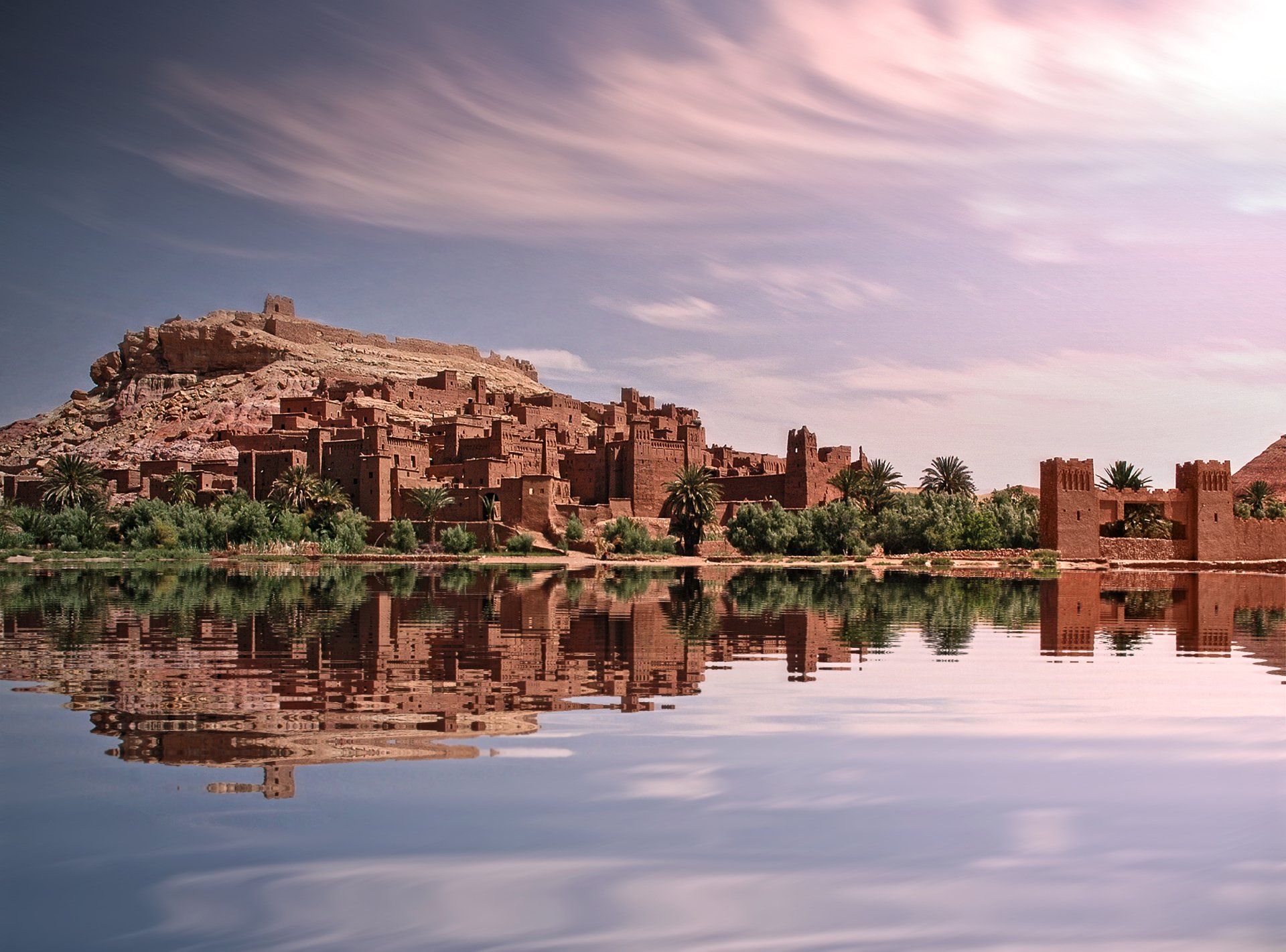He wears the
colours of the summer soldier,
carries the green flag all the winter long.
– Jethro Tull, Jack-in-the-Green
Dawn on the Salisbury Plain. High above the market town of Marlborough, the B4003 – a narrow tarmac road slung between parallel lines of bushy hedgerows – undulates between fields of wheat and barley stitched neatly into the dark soil. The rising sun paints the crests and folds of the landscape in mauve and pale green. Tendrils of mist curl in the hollows like primordial phantoms.
Standing beside my borrowed car I can see out across the Vale of Wiltshire all the way to Swindon. An aircraft drags a vapour trail across the sky; the glitter-gleam of sunlight on chrome reflects from cars westbound on the M3 Motorway. Down there, the crowded and frenetic world of Southern England is coming to life on this warm Sunday in early June. But up here on the plain, the quiet, bucolic world of the West Country seems caught in a centuries-old time-warp.
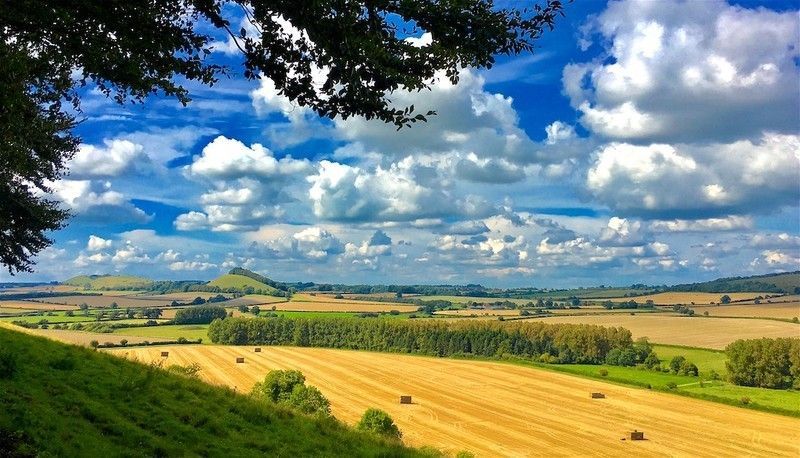
The tightly-packed fields cover the surrounding land in a patchwork of russet and brown. Farmhouses crouch in the shelter of tiny valleys. I hear the rasping call of a pheasant in a nearby copse of sycamores. A pair of chaffinches twitter on a fencepost beside the road. Somewhere in the distance I can hear a pigeon calling out its mournful song which sounds like it is saying “take twoooo cows Taffy.”
We spent almost two years in the West Country. When the time came to leave and return to New Zealand it was like leaving home.
It is almost twenty years since I last saw this halcyon landscape. In the late eighties and early nineties my girlfriend (now my wife) Linda and I lived near Warminster, an army garrison town on the far side of the Salisbury Plain from where I now stand. Back then we were a couple of kids from rural South Canterbury out seeing the world. I had relatives living in Wiltshire. We found work in Warminster, rented a cottage in the nearby village of Corton, and settled down.
We spent almost two years in the West Country. When the time came to leave and return to New Zealand it was like leaving home. We had put down roots in the West Country. And now, quite by chance, I have an opportunity to return, albeit very briefly, to the Salisbury Plain.
I am in England for my cousin’s wedding. Three days before, I had escaped the winter blizzard which subsequently closed Christchurch Airport and had flown via the Arctic Circle to the warmth of a Northern Hemisphere summer. Still operating on New Zealand time, I’d found myself awake at 4am this morning and had set off into the cool dawn to drive across the Salisbury Plain to visit the Wylie Valley, where Linda and I had lived all those years ago.
At Avebury, a mysterious circle of giant stones stand erect in fields of short grass where desultory sheep are mooching in search of breakfast. The village consists of a pub (supposedly the only pub in Britain within a stone circle), a short street lined with picture-postcard thatched cottages and a stone parish church. The cottages are decked with Union Jacks and bunting to celebrate the Queen’s Golden Jubilee which took place just a few days ago. I walk through a lychgate set into a low wall and up the path to the church.
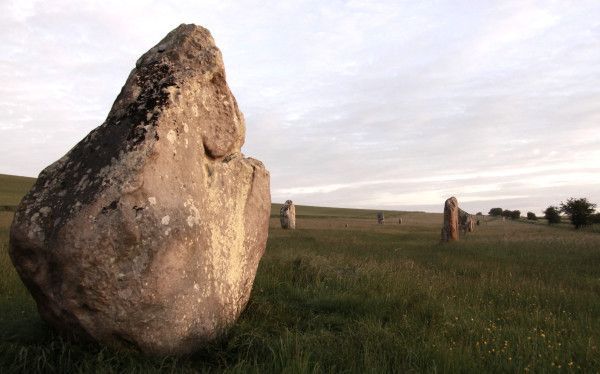
The church’s heavy timber door is locked so I wander around the grounds looking up at the walls and imagining the lives of the people who have worshipped here over the last thousand years. A gnarled oak, centuries old, unfolds its branches above the nearby graveyard. The headstones have been weathered and broken by time and are canted at odd angles in the soft ground. Wandering among the graves, I am struck by the thought that it was from quiet country parishes like this that many of New Zealand’s early settlers came from and that maybe, just maybe, one of my own ancestors may have once walked in this very place.
As I drive deeper into the Salisbury Plain, the landscape becomes bleaker and more empty. Up here, trees find it difficult to grow in the thin, chalky soil and the sky-scape is big and open. In places, tank tracks flagged with concrete paving stones cross the road. The British Army occupies large tracts of land on the plain, which it uses for training soldiers and tank crews. Working in Warminster during the first Gulf War in 1991, we were treated to daily shows of military firepower as tanks, infantry and A10 strike aircraft practised the manoeuvres they would use against Saddam Hussein’s forces in the deserts of Iraq, a world away from the green folds of the Salisbury Plain.
a translucent dream-world of pillars…
A thick mist covers the plain as I approach Stonehenge. The great stone circle, with its massive lintels, looms out of the mist like an unfinished city. Tall mesh fences surround the entire site and security guards in bright green Hi-viz vests patrol the perimeter. Lurid signs warn of the penalties for entering the grounds without paying the extortionate entry fee charged by English Heritage.
A group of druids clad in white robes are gathered in the centre of the circle – it is approaching Summer Solstice – and I figure they must have negotiated some sort of spiritual, New Age bulk entry to the site. For my part, having wandered around Stonehenge many times in the past when security was less intrusive, I have no desire to experience the place again. As I drive away, the sun breaks through the mist and illuminates Stonehenge in a purple haze.
I follow a by-way down a gentle valley cloaked in deep green forest. The mist hangs in the trees and drifts across the road in eddies and swirls. In the half-light of early morning it feels like I am driving through a translucent dream-world of pillars propping up an invisible sky. The aroma of wet earth and vegetation fills the air. A fallow deer peers at me from a clearing beside the road.
At Corton, a few more miles down the road, I feel like I am home.
I cross the A303 motorway and dive off onto a narrow lane called High Street. Suddenly, I am in the familiar surroundings of the Wylie Valley. The road winds through the thatched hamlets of Bapton and Stockton, still asleep at this hour.
On the hillside behind the tiny stone church at Stockton, a giant ANZAC insignia commemorates the thousands of New Zealand and Australian soldiers who camped here during World War One while they trained up on the Salisbury Plain. In the churchyard, a handful of white, rectangular headstones mark the resting places of ANZAC soldiers who succumbed not to war wounds, but to influenza.
I turn off onto a tiny lane leading between hedges of hawthorn down to Sherrington. In olden days, villages like this were a tiny microcosm of the world: with a pub, Post Office, black-smith and manor house. These days, places like Sherrington are inhabited by city professionals, who commute from their rural idyll to work in the glass and steel towers of London and Salisbury.
In the centre of the village, the quiet Wylie River spreads out into rectangular water meadows where cress and mint grow wild and the thatched cottages unfold their reflections on the water. In the wall of the old Post Office, now someone’s house, a bright red VR mailbox recalls long-gone days when Queen Victoria’s empire spanned the world and even quiet corners of England like this were part of a global village.
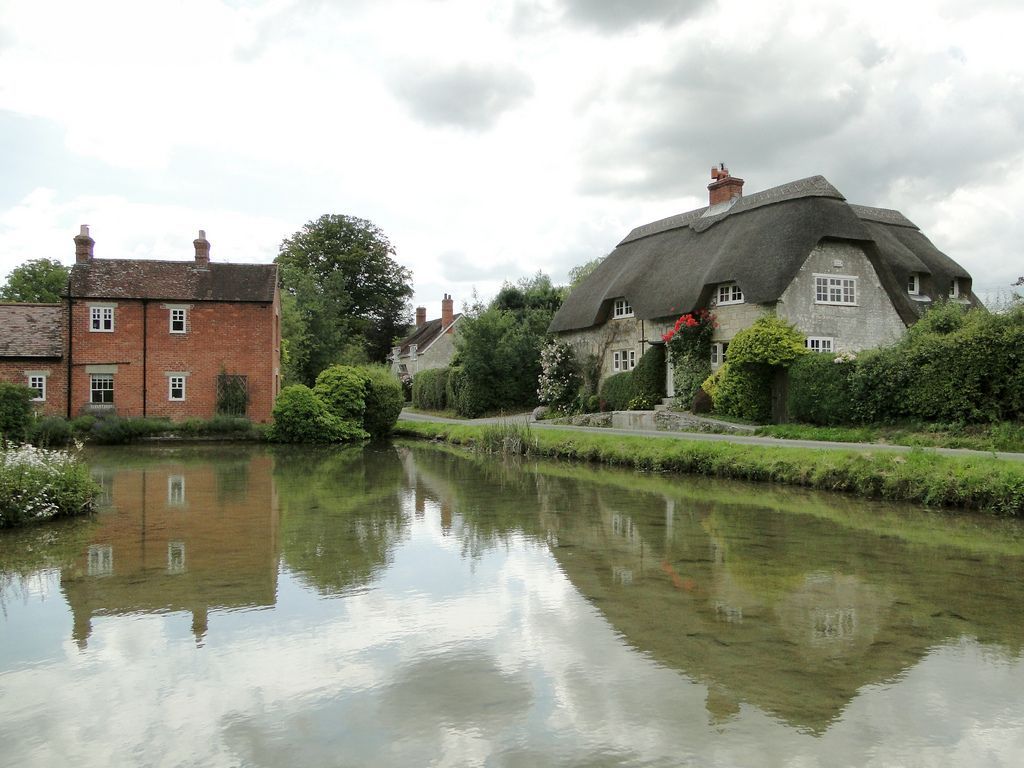
At Corton, a few more miles down the road, I feel like I am home. I drive past The Dove Inn – where Linda worked as a chef – and down the street to 42a, the house owned by my aunt, Lady Ann Blakiston, where we lived. Nothing seems to have changed. Sundial Farm, across the road, is still owned by Richard and Robin Witt; next door, Saracen’s Cottage still has its window-boxes full of pansies.
I walk around the village savouring the warm feeling of nostalgia. Although my life has taken me a long way from this place, I remember with fondness the time we spent here. Ash and chestnut trees lean over the street, draping their olive and emerald leaves almost to the ground. Doves coo in dovecotes and crows gurgle like disembodied spirits from the rooftops. The millstream chatters between its primrose-clad banks. Dew shimmers on the village green.
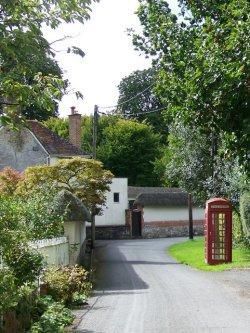
Beyond Corton, Five Ash Lane runs along at the foot of the Great Ridge Wood. In places, centuries of traffic has sunk the road-bed deep into the ground like a fortification. I park the car in a lay-by and walk into the wood. A bridal path climbs gently through alders and birches which drip with viridian and lime foliage, dappled with pale gold and shimmering white.
Even the air seems tinged with green as if the sunlight has distilled the colour of the trees into itself. A fox crosses the path ahead and pauses to stare at me with dark, malevolent eyes. I hear it’s rasping call long after it tweedy coat has rendered it invisible in the undergrowth.
I crest the hill and the landscape bursts in front of me, rolling away in waves of olive and teal, dotted with the shattered white of chalk outcrops and the bright yellow of rape fields. A skylark twitters somewhere overhead and I can hear the tolling of the church bell at nearby Sutton Veny.
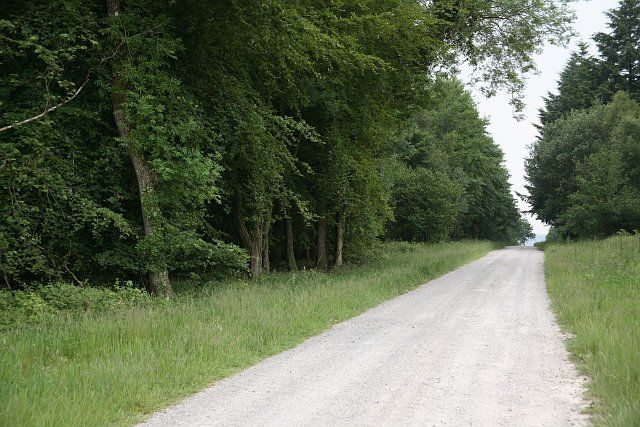
I sit on a rock and look out over the Wylie Valley. Soon I will have to begin my journey home to the bright blue winter skies of New Zealand. But for now I am content to sit here in this quiet corner of England where ridge after wooded ridge roll away before me, fading gradually into fifty shades of green.
